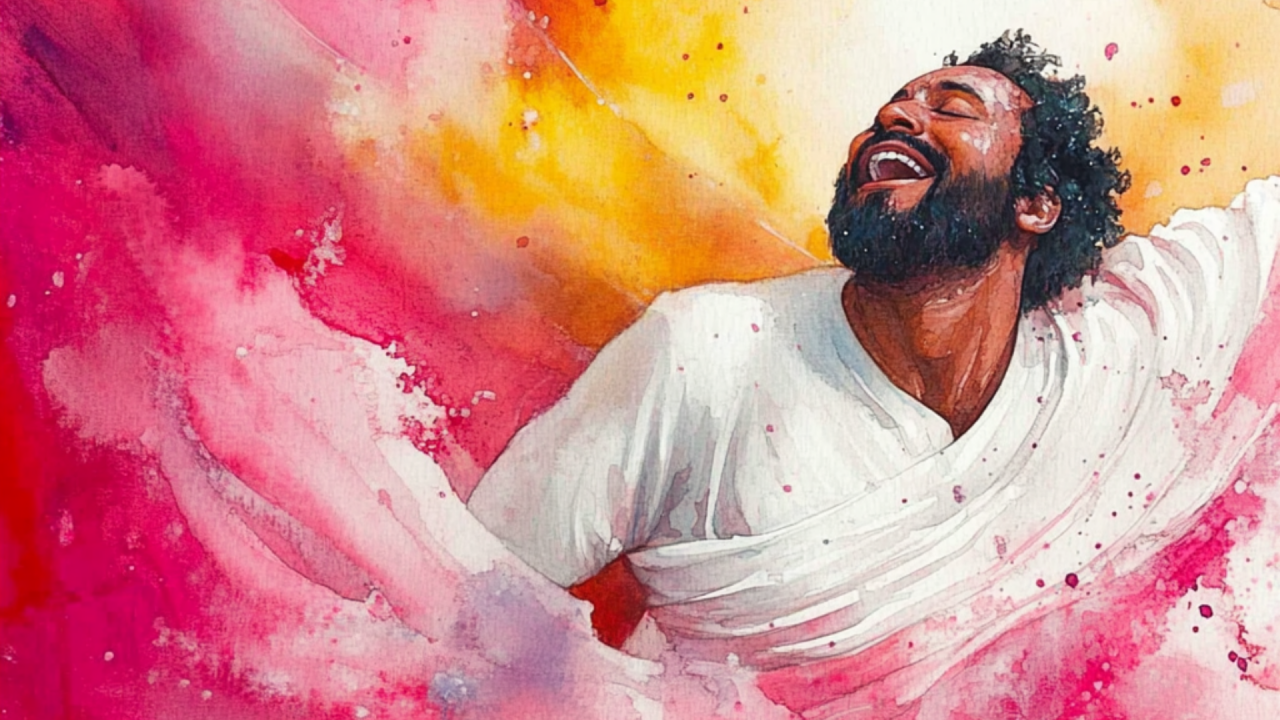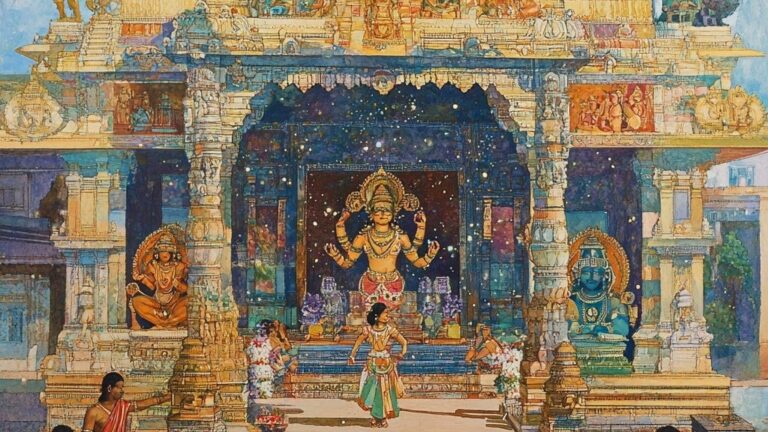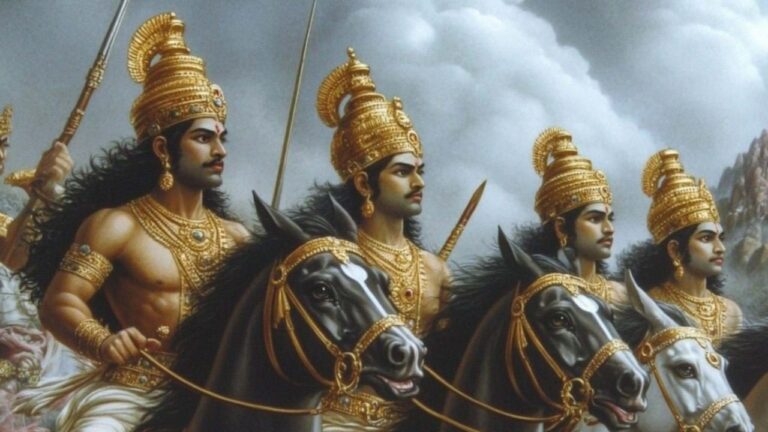Redesigning Society with the Core of Ananda: A Dharmic Perspective
Differentiating between temporary happiness and lasting ananda!
The concept of Ananda (bliss) stands in stark contrast to the idea of “happiness.” While happiness is a fleeting emotion tied to external circumstances, Ananda is deeper, more profound, and self-sustaining. It arises from inner fulfillment and a connection to one’s higher self. If we are to design a society that truly uplifts its members, the goal should be to create the conditions where Ananda becomes accessible to everyone.
A study on happiness commissioned by Gallup Corp under the leadership of Dr. Deepak Chopra revealed this:
Dr. Deepak Chopra’s happiness formula, H = S + C + V, breaks down happiness into three components, each contributing a specific percentage to overall happiness:
1. S (Set Point): Accounts for 50% of happiness. This represents an individual’s genetic predisposition and biological baseline for happiness. Does he see the glass as half empty or half full?
2. C (Conditions of Living): Contributes 10%. These are the external circumstances of life, such as wealth, relationships, or environment.
3. V (Voluntary Choices): Makes up the remaining 40%. This includes the actions and habits we consciously adopt, like practicing mindfulness, meditation, and maintaining healthy relationships.
Dr. Chopra emphasizes that while we cannot change our genetic set point or fully control our circumstances, the significant 40% influence of voluntary choices empowers individuals to take charge of their happiness. Another interesting finding from this study (quoting from memory) was that people in Cuba (one of the poorest countries) were happier than people from USA (one of the richest countries). When he asked a waitress about the source of her happiness, she said something to the effect of, “We don’t have money or many things, so we focus on people and that makes us happy.”

A Higher Purpose for Liberation and Bliss
As Sri Aurobindo writes:
“The truest reason why we must seek liberation is not to be delivered, individually, from the sorrow of the world, though that deliverance too will be given to us, but that we may be one with the Divine, the Supreme, the Eternal. The truest reason why we must seek perfection, a supreme status, purity, knowledge, strength, love, capacity, is not that personally we may enjoy the divine Nature or be even as the gods, though that enjoyment too will be ours, but because this liberation and perfection are the divine Will in us, the highest truth of our self in Nature, the always intended goal of a progressive manifestation in the universe.”
This insight reminds us that the pursuit of liberation and bliss is not a selfish endeavor. It is part of the divine will, calling us to manifest the divine nature within ourselves and reflect it in the world. When liberation is sought with this higher purpose, it transcends the fleeting happiness of ego-driven desires and leads to enduring Ananda.
Momentary Happiness vs. Lasting Bliss
Modern life often confuses momentary happiness with lasting bliss.
Consider these examples:
1. Purchasing Objects: The thrill of buying a new car, house, or wardrobe fades as quickly as the novelty wears off. These material acquisitions bring excitement but fail to fulfill our deeper yearning for meaning and connection.
2. Winning Against Someone: Triumphing in a competition or argument might provide a temporary ego boost, but it often leaves a residue of emptiness, as it feeds on comparison rather than unity.
3. Receiving Praise: The joy of being praised or recognized by others can feel uplifting in the moment, but it creates dependency on external validation, which is inherently fleeting.
These pursuits may create transient happiness, but they are incapable of delivering the enduring joy of Ananda. Why? Because the true nature of our Atma (soul) is Ananda. Unlike happiness, which arises from external stimuli, Ananda is the innate state of the Atma. It finds fulfillment not in separation or acquisition but in principles rooted in oneness, compassion, generosity, unconditional love, forgiveness, acceptance, gratitude, and surrender to a higher power.
Reclaiming Ananda: A Practical Approach
While it is easier said than done, the journey begins with awareness and small intentional steps.
Here’s how:
1. Map Your Life’s Activities:
– Identify the most common and recurring aspects or activities of your life.
– Categorize them into two groups:
– Temporary Happiness: Activities explicitly or implicitly designed to provide fleeting happiness (e.g., acquiring objects, seeking recognition).
– Lasting Happiness: Activities aligned with Ananda.
2. Incorporate Ananda-Driven Activities:
Introduce actions with the following characteristics:
– Selfless in nature.
– No return on investment (ROI) is calculated.
– No worldly purpose or material gain.
– Performed anonymously, without recognition or expectation.
– Beneficiaries are unable to repay the kindness.
3. Observe and Anchor:
As you practice these actions, observe how your inner state transforms. See your Ananda increase. Hold on to that feeling. Rest in it.
Designing Society for Ananda
To create a society centered on Ananda, the design of rights, duties, policies, and societal structures must be grounded in an understanding of Dharma. History provides evidence that societies founded on Dharma have thrived for centuries, promoting harmony and prosperity. These models worked because they were rooted in first principles that acknowledged both individual needs and collective responsibilities. However, the modern era requires us to rethink and redesign these frameworks. We must account for current realities—technological advances, globalization, and socio-political dynamics—while embedding safeguards against external aggression and ensuring sustainability. This calls for visionary leadership—leaders who not only understand Dharma but also possess the insight to balance its timeless principles with contemporary challenges.
The Leaders We Need
The leaders capable of driving such transformation are not born out of conventional systems of knowledge alone. College education, industrial work experience, or political tenure, while valuable, often fall short of cultivating the holistic perspective required. True leaders emerge from a combination of deep inner work and grassroots engagement. What is often dismissed as “spiritual” or “otherworldly” is, in fact, the foundation of transformational leadership. It entails self-mastery, groundedness, and the ability to connect deeply with people. This is why such leaders are rare. The qualities required go beyond mere technical expertise or charisma.
They include:
– Inner Mastery: Leaders must have done the inner work to transcend ego, align with higher principles, and embody Ananda.
– On-the-Ground Experience: Practical engagement with the realities of society is essential to address real-world challenges effectively.
– Balanced Judgment: The ability to craft solutions that are fair, practical, and rooted in Dharma.
– Mass Appeal: Leaders must inspire and connect with diverse groups of people.
– Strength with Integrity: The ability to wield power responsibly, resisting the temptations of greed, corruption, or ego-driven decisions.
At the Core: Ananda as Our True Nature
The Atma naturally gravitates toward Ananda, which flourishes in principles such as oneness, compassion, generosity, unconditional love, forgiveness, acceptance, gratitude, and surrender to a higher power. When society prioritizes these values, it can foster conditions for collective Ananda.
The path forward is clear: reconnect with the wisdom of Dharma, apply first principles, and adapt to modern contexts. Let’s create a society where fleeting happiness is recognized for what it is—temporary—and lasting bliss becomes the ultimate goal.
Let the redesign begin.







